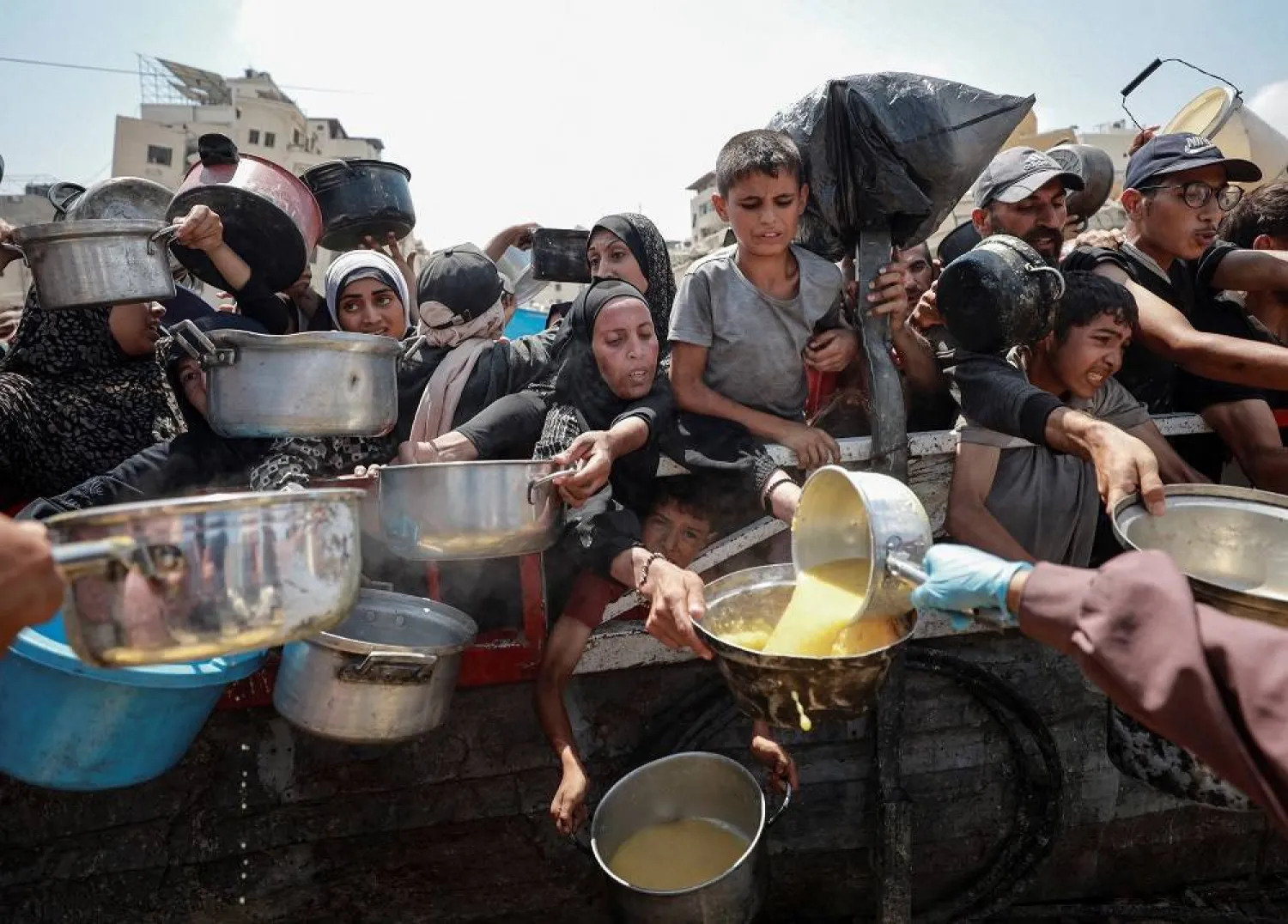“We believe in taking up arms in self-defense and to deter aggression. But we also believe in peace when it is based on justice and equity, and when it brings an end to conflict. Only within the context of true peace can normal relations flourish between the people of the region and allow the region to pursue development rather than war.”
King Abdullah, then Crown Prince, made this statement to the Arab League in 2002, pushing for adoption of the Saudi initiative which called for normal relations and security for Israel in exchange for withdrawal from occupied territories, recognition of an independent Palestinian state with al-Quds al-Sharif as its capital, and a just resolution for refugees.
In a joint statement issued by HRH Abdullah and President George W. Bush in 2005, the United States specifically thanked Abdullah for his “bold initiative adopted unanimously... that seeks to encourage an Israeli-Palestinian and Israel-Arab peace.” They also said that “the United States and the Kingdom of Saudi Arabia desire a just, negotiated settlement wherein two democratic states, Israel and Palestine, live side by side in peace and security.”
A year prior to Abdullah’s Saudi Initiative, President Clinton laid out parameters on territory, security, Jerusalem, and refugees, in a January 2001 speech. He said then “in the resolution of remaining differences, whether they come today or after several years of heartbreak and bloodshed, the fundamental, painful, but necessary choices will almost certainly remain the same....”
The second intifada was in early days when Clinton spoke. It contributed to Israeli moves toward unilateral separation: the pullout and removal of settlers from Gaza in 2005, construction of the West Bank security barrier. Several peace initiatives were launched in subsequent years, though none were executed with a political strategy able to garner needed support or backing from all parties. The Abraham Accords, signed in 2020, contained measures between Israel and other regional actors that had previously been proposed in the context of prior peace efforts, but were implemented with the scantest gains for Palestinians.
A generation later, the latest round of warfare, unleashed by the Oct. 7 barbaric ISIS-like Hamas attack on Israelis, seems all enveloping – so cacophonous, so blindingly devastating to so many that those understandably consumed in the immediate, lack the senses to see to a better horizon.
Yet read President’s Clinton address, or King Abdullah’s speech in Beirut, or the joint statement by President Bush and Abdullah. Their words – remarkably consistent in hindsight review -- are glaringly applicable now. If ever the world needed a compelling case for the disaster of a “river to the sea” one state reality, whether extremist Palestinian or Israeli version, we are witnessing it play out in real time.
The vision of “states side by side” provide the only hope for sustainable peace and security. Only such a two-state solution will serve the interests not only of Palestinians and Israelis, but also other countries in the region and the world. And the United States is indispensable to help lead toward this end. For starters, it has a rich bipartisan presidential history of commitment and a network of constructive relationships that China and Russia lack.
How do we get there from here? These five steps would be a start.
- The Kingdom should use willingness to play an active role in the peace process as a gateway, and a guiding framework.
- Soonest, before the Israeli offensive against Hamas military leadership concludes, Palestinians in Gaza and the West Bank need to see and feel the route to a better tomorrow. That requires an interim architecture for governance and security that is constructed as a transition vehicle that can drive toward a sustainable Palestinian state. Under such architecture, Palestinians should not fear publicly critiquing those in power, have readily available water and electricity and food; and see soonest rebuilding of homes, schools, hospitals, and good jobs. Those in the West Bank also should see Israeli settlers prosecuted by Israeli authorities in real time for vigilante behavior.
- Egyptian-Jordanian-Gulf alliance must steer. The Palestinian Authority in current form and structure should be a front seat passenger until it is able to take the wheel. That alliance would call upon the United Nations to exercise (and rebuild) its existing civilian infrastructure and would work with others to ensure sufficient security to protect Palestinians’ daily lives and to halt reemerging threats that Hamas might pose internally, or to Israel.
- Israel needs to govern from the political center, where the majority of Israelis reside. Israelis expect a thorough investigation of leadership failures that may have contributed to its lack of preparation on October 7; this likely will result in a new prime minister, and a more centrist governing coalition. During this period, Israelis will need to reclaim confidence in the state’s ability to provide for their safety and security, even as they re-explore the connection between being a strong democracy and providing a sustainable homeland for the Jewish people.
- The regional and international community, including Israel, will need to offer significant support for these efforts.
Neither Palestinians nor Israelis should be expected to be able to flip a switch and suddenly become clear sighted on two states as the solution both peoples need, given the generation plus that have been stymied by politics and politicians lacking that focus. Regional leaders, who have or may sign the Abraham Accords, in partnership with the United States and other supportive outside parties, can play a major role in establishing that clarity, and in the credibility of a pathway that leads to two states, and a more stable, secure, sustainable, and democratic future.
• Former US National Security Official and Former Deputy Middle East Peace Envoy







